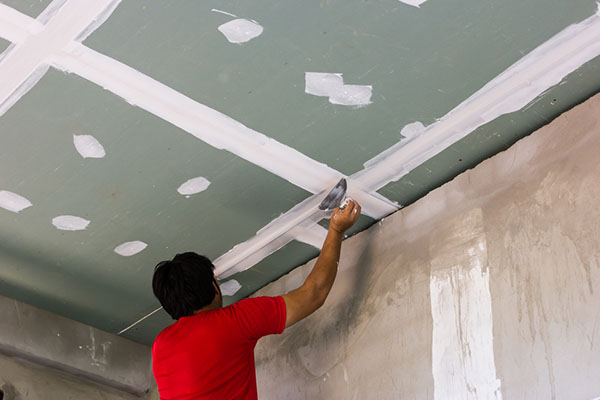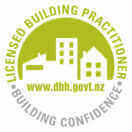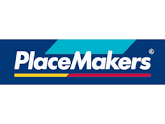Let talk follow your way!
Best price High quality Quick & efficient
Let talk follow your way!
Best price High quality Quick & efficient
The right GIB® fixing and stopping can improve the appearance of your room, but it takes a lot of skill and effort. Regarding GIB® fixing, the quality of the work is crucial since it affects not only how the space appears but also the safety of the individuals who live there.
Any damage could cause the people inside physical injury. For this type of task, hiring professionals who specialize in GIB® stopping in Auckland is advised because doing so may save you a significant amount of time and effort and maintain your safety, allowing you to sleep well at night.
You are at the right place if you’re curious about what exactly GIB® stopping and fixing mean.
GIB® boards are often known as plasterboards in the realm of interior plastering. These plasterboards are created using only natural gypsum and 100% recyclable paper. Gypsum is a soft sulphate mineral made up of calcium sulphate dihydrate. There are numerous ranges available for GIB® boards, and you can choose the one you want to use based on your needs and specifications.
The various GIB® board types on the market include:
GIB® fixing is the process of installing a plasterboard or GIB® on a wall or ceiling. A GIB® fixer is the specialist hired to complete this installation task, patch any dings, dents, or holes, and smooth out the walls or ceiling.
GIB® Fixing will help install the plasterboards on your walls if you’re remodeling or building a new house.
For the finest possible finish for decorating, have the GIB® attaching boards to your ceilings and walls done by qualified personnel. Plasterboards are often best fixed by attaching them with screws and adhesive.
Along with internal plastering, texture removal, interior painting, and wall skimming, GIB® stopping is a step in installing a plasterboard. Your plasterboard ceilings and walls will have a smooth and precise finish thanks to GIB® stopping. After that, the GIB® boards can be decorated.
First coats are bedded for this technique utilizing high sticky inside plaster. Then more coats are applied to create the flattest shape imaginable. To create a smooth texture, you must coat the joints in a sandable GIB® stopping compound. Use a strong halogen light after sanding to refine the sand.
After that, fix up any paint-related blemishes that might appear.
The plastering supervisor will conduct a second light check (or spot-check) to make sure nothing was overlooked.











